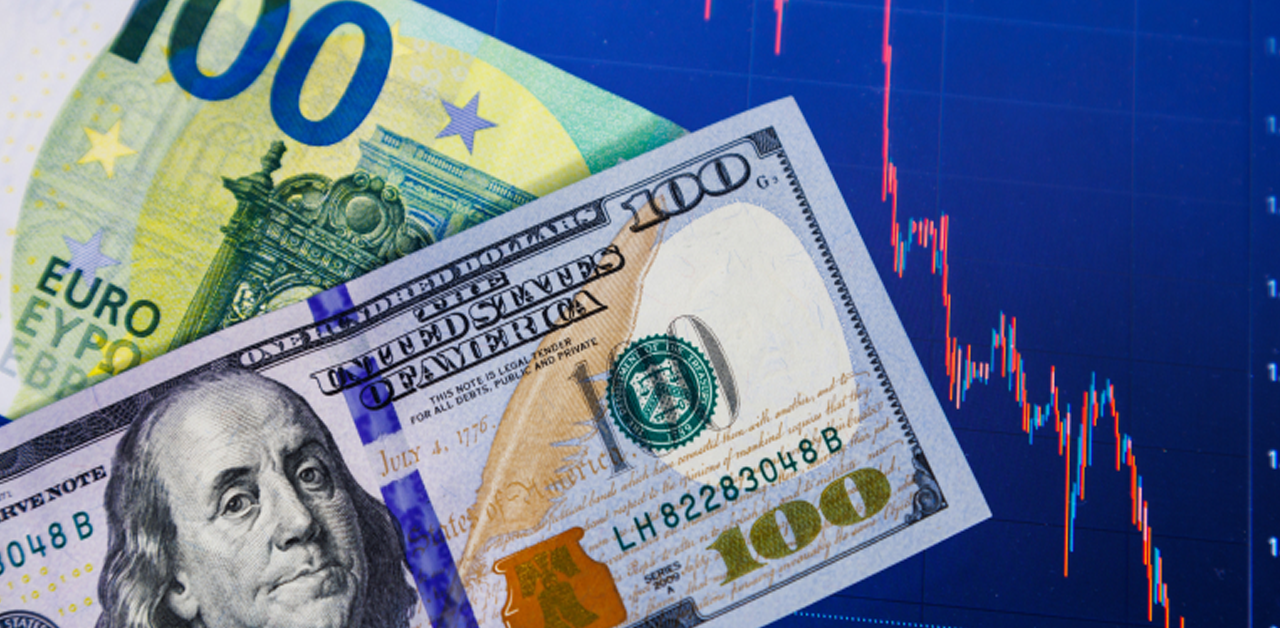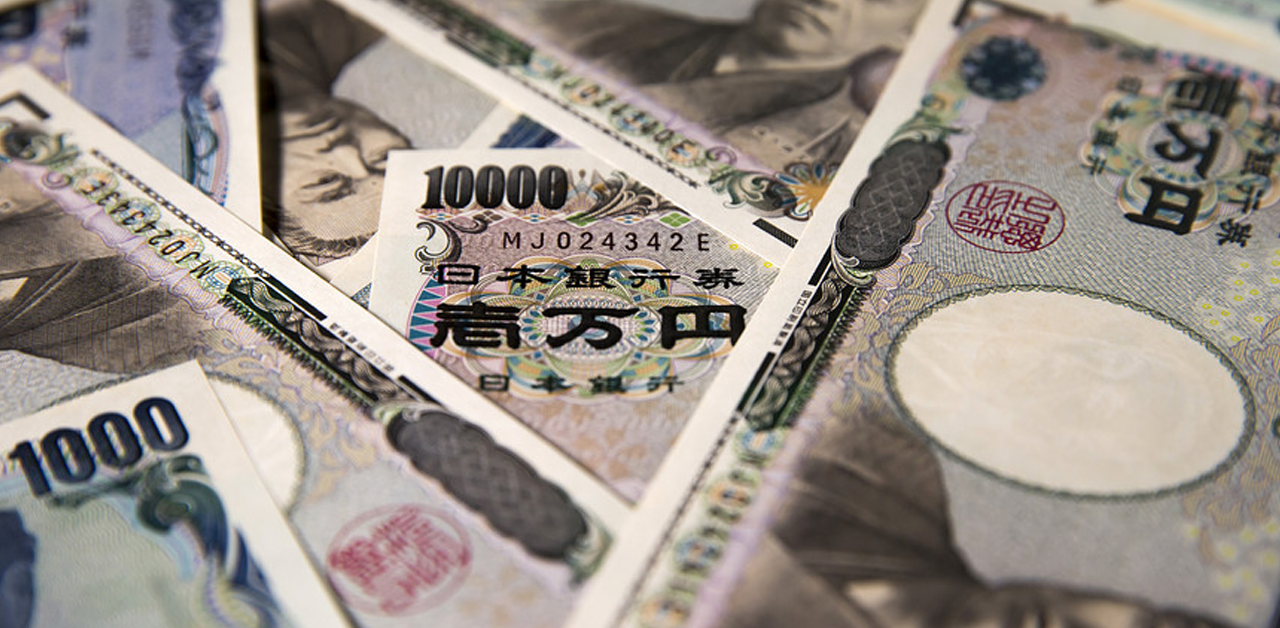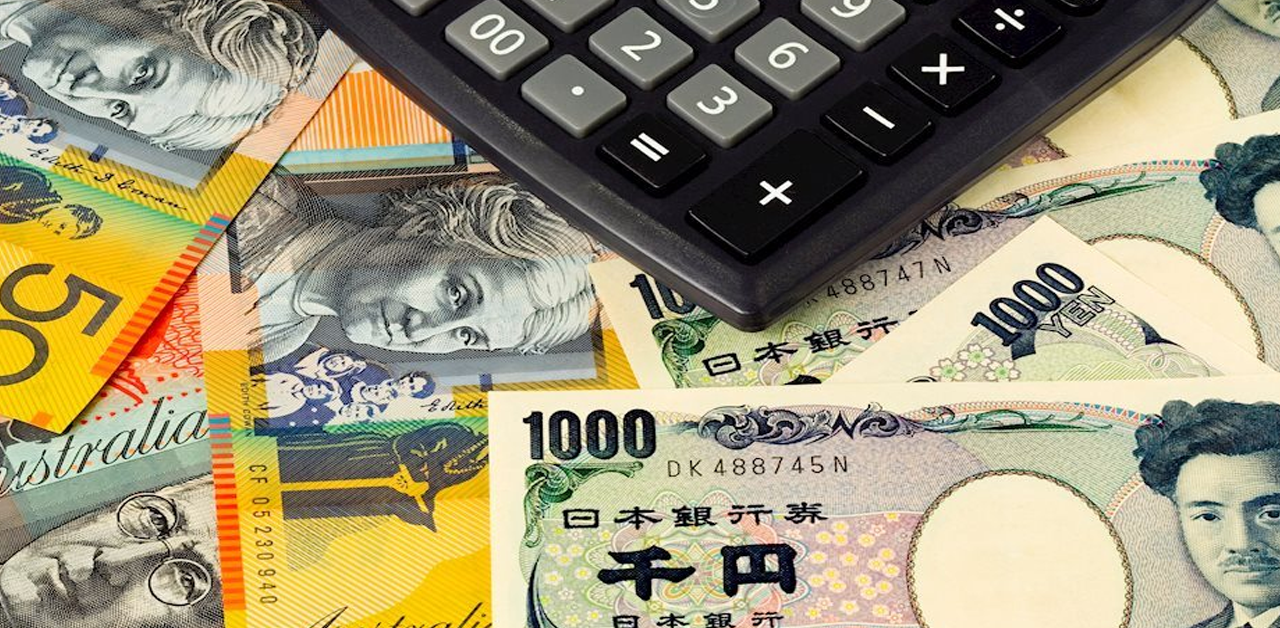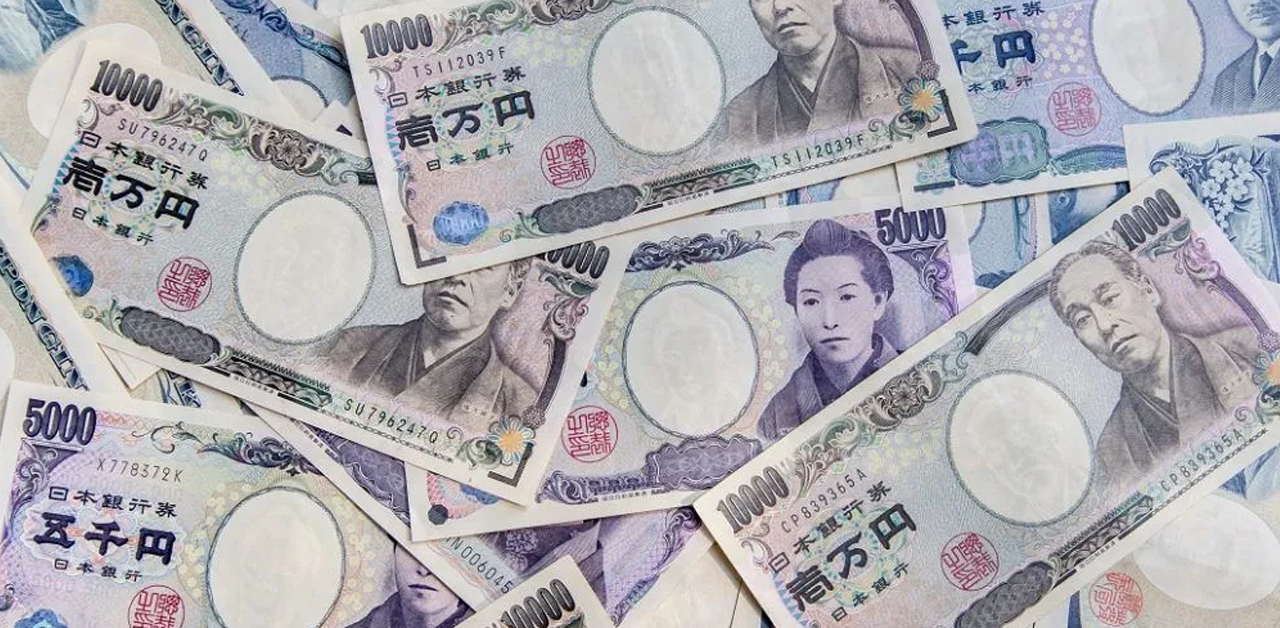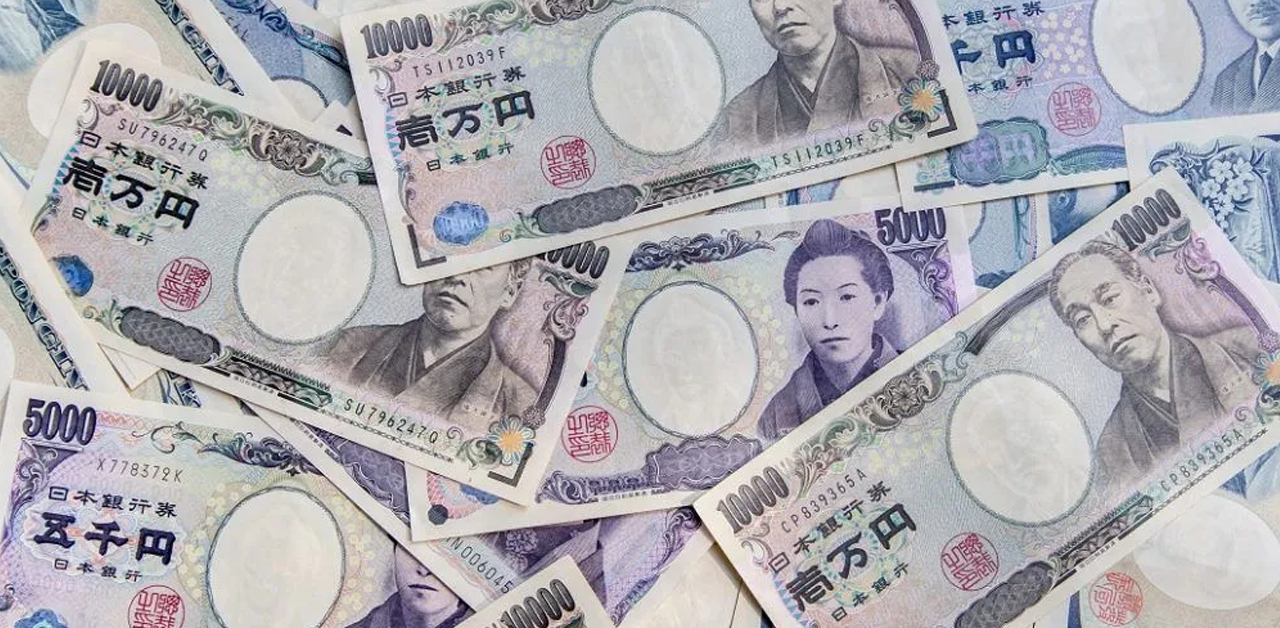Australian inflation fell but just ‘weight’ a minute
Australian inflation rose only to 6.9% y/y, down from a peak of 7.4% and lower than the 7.5% expected. Housing, food and non-alcoholic beverages and transport were most significant contributors. CPI rose 0.2% m/m, below its long-term average of 2.5%.
The RBA will be happy to hear that inflation was much lower than expected, even if it does remain historically high. But the ABS report also highlighted that they performed their annual weight adjustment to the CPI basket, and that inflation would have been 7.1% if last year’s methodology was used. But even a move down from 7.4% to 7.1% is noteworthy as it leaves the potential that inflation has in fact peaked.
More broadly the inflationary drivers. It’s nice to see import prices are falling, wages remain well below inflation and that inflation expectation remain well anchored. So now the annualized inflation drop 5 percent points in a month, the case for RBA to pause in December is becoming stronger for a central bank that really does not want to raise rates any more than they need to.
And that is being reflected within the OIS curve, which suggests money markets are now pricing in a lower terminal rate and slower pace of hikes. And that in turn could mean we’ve seen the best part of the AUD/NZD move lower, which so far is struggling to reach the 1.0700 target.
On Monday AUD/JPY fell to a 30-day low and closed beneath 93.00, yet the 92.0 handle and trend support remain close by. And as markets are weighing up the dynamics of a possible China reopening amidst a more hawkish Fed, we are waiting the market to tip its hand and either break beneath 92.0 or rally from it, as part of a clear risk-on or risk-off move.

